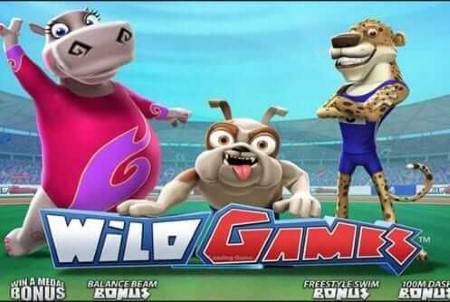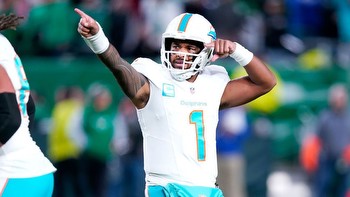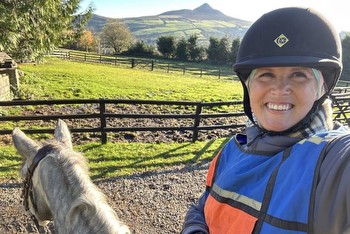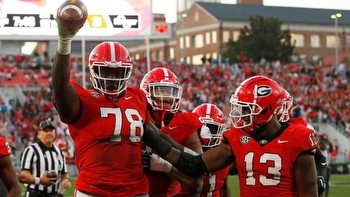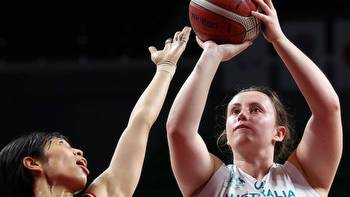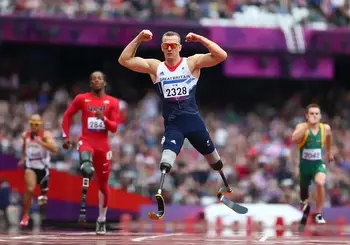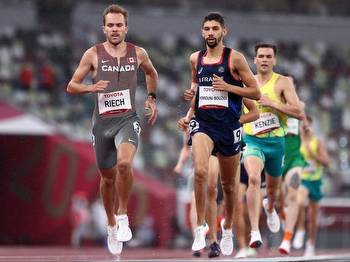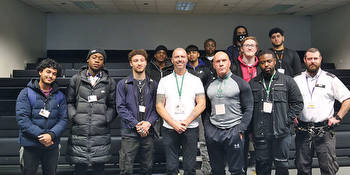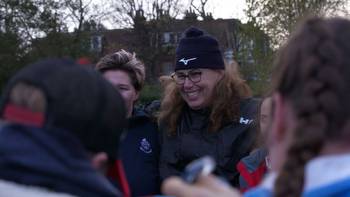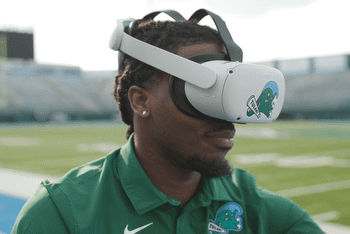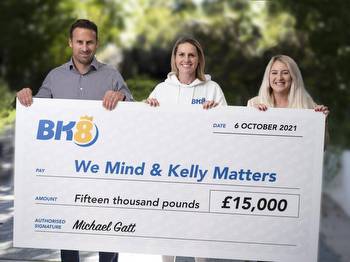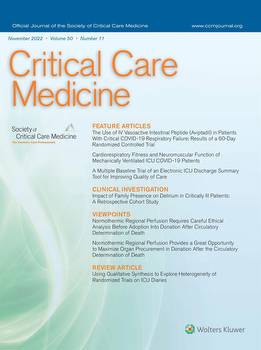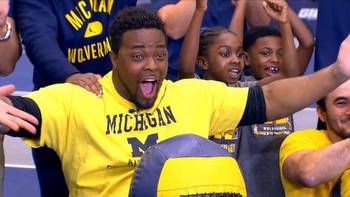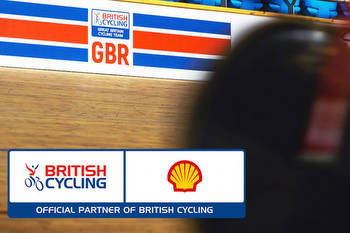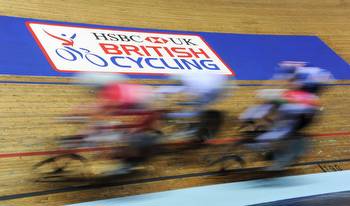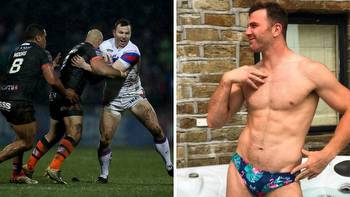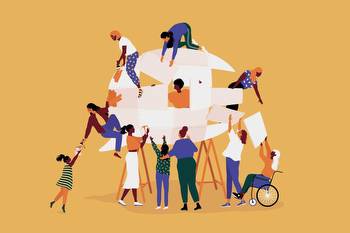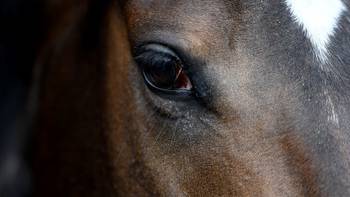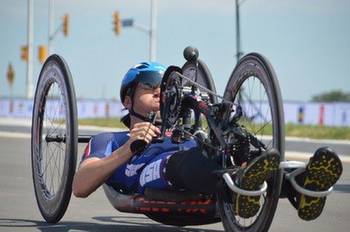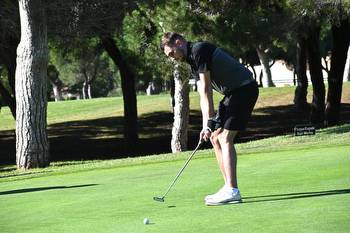From a coma to World Champion paracyclist, a story of overcoming all the odds

Cycling out onto asphalt in Connecticut in 2003 and cycling out onto asphalt in Rio de Janeiro in 2016 were two incredibly different but equally life-changing experiences for the Paralympian Ryan Boyle.
Speaking on Eurosport’s podcast ‘Raw’, he talks about his journey with cycling, the battles he faced with his mental health and coming to terms with his disability, all while becoming a silver medallist.
In 2003, Boyle had a life-altering accident. He was just nine years old when he cycled out onto the road and was hit by a truck which pulled him 55 feet along the asphalt. He was airlifted to hospital and had to have emergency brain surgery due to the impact that the accident had on his skull and cerebellum, but the doctors were uncertain that he would even survive. Fortunately, he woke up from a coma two months later, but was only able to move his index finger. He had to relearn how to swallow, talk, walk, move and, eventually, cycle. Boyle would go on to become a medal-winning Paralympian cyclist, and the youngest member of the cycling squad for the USA in the 2016 Rio de Janeiro Paralympics.
'I deserved it' - Six months on from Olympic dream, Kiesenhofer on how she did it
Despite the incredible journey, the path was not easy for Boyle. After a long period of intense physical therapy, he was able to go back to school, but the attitude of others after his accident made this process difficult. Boyle found that his friends’ reactions to him had changed. “A lot of my friends alienated me. They really didn't know how to act around me […] I was in a wheelchair and a vastly different Ryan in their eyes”, he explained.
He found himself ostracised from those around him, which led to a damaging period with his mental health. Disabled campaigners point to these negative attitudes from society as a main cause of what it means to be disabled, calling it the “Social Model of Disability”. This is the view that it is not the person’s injury or illness that makes them disabled, but instead the way in which society is not built for those with impairments which therefore ‘disables’ them. This was clear to see in Boyle’s case, who was left feeling like he did not belong anywhere, and so became suicidal at the young age of 13. But after opening up to his brother, he realised that his purpose in life could be to inspire others because he had a story that very few people in the world have.
He threw himself into training, gaining himself an invite to the Olympic and Paralympic training centre in Colorado in 2014 where his life was changed:
“I saw how great Paracyclists are, I made a lot of great friends. And then I saw that there were residents at the training centre. Like people that lived in there, I couldn't believe it! So I wanted to be one of those people. So that's really what ignited the fire in my soul.”
The difference between the two experiences is staggering. When at a place that was accessible, inclusive and made for people with impairments like his, he was able to make friends, was able to feel like he belonged and was able to start to reach his full potential as an athlete.
Boyle’s experience with mental health and feeling excluded is not uncommon for disabled people. The Mental Health Foundation found that four million out of the 15 million people in the UK who live with long-term physical conditions also have a mental health problem. But while Boyle was able to use sport to help overcome his battles with his mental health, for others, disability and mental health can be a barrier within itself to participating in sport. Activity Alliance has found that “More than half of disabled people cite their impairment as the single barrier they face to being more active”. And this can be even worse for disabled people with mental health problems who may need extra support to feel included, as there is often a lack of accessibility in sports activities, programmes or facilities at community level, leaving many feeling excluded and ostracised, just as Boyle felt as a teenager.
But Activity Alliance have also recommended implementations to increase the number of disabled people in sport, one of which is increased representation, which is massively helped by the likes of Boyle and his Paralympic colleagues. They recommend that disabled people should be able to ‘see themselves’ in advertising and that changing perceptions of disabled people from both disabled and non-disabled people is key. This is an aim of Boyle’s too:
“I just want to raise awareness of that, even though we're disabled, it's not a ‘woe is me’ case because disabled people can do amazing things and sometimes even more things than our able-bodied counterparts” (Ryan Boyle)
We have seen how significant these steps forward in representation can be, especially after the 2012 Paralympics where there was a 37% growth in viewing figures globally compared to the 2008 Paralympics in Beijing. As a result, a large majority of people surveyed after the 2012 games thought that the Games had “a positive effect on how disabled people are viewed by the British public”. This then also led to institutional changes, with the UK government promising increased funding for Paralympics GB through to Rio 2016, increased funding to support access in sport in local communities, and increased accessibility on the transport system, showing how vital it can be to the wins of disabled people when Paralympians win on screen.
The journey of Boyle and his success is nowhere near complete, and neither is the fight for increased participation and representation of disabled people in sport. Boyle’s story shows us the issues that he and many other disabled people can face in feeling excluded from the society around them that is often not accessible nor inclusive. But as his story also shows; sport can also have huge power in bettering individual mental health, creating better representation and leaving legacies that can implement institutional change. Sport saved and enriched Boyle’s life, and with the right investment, attitudes, support and accessibility, it will be able to enrich the lives of many others too.
